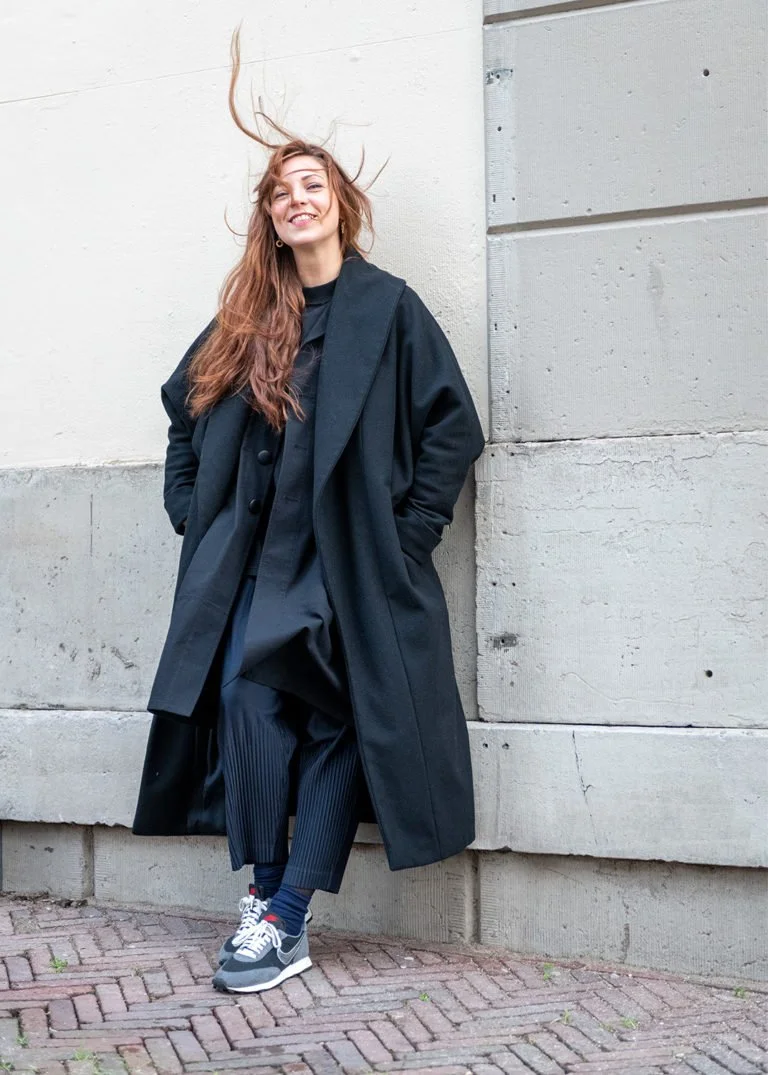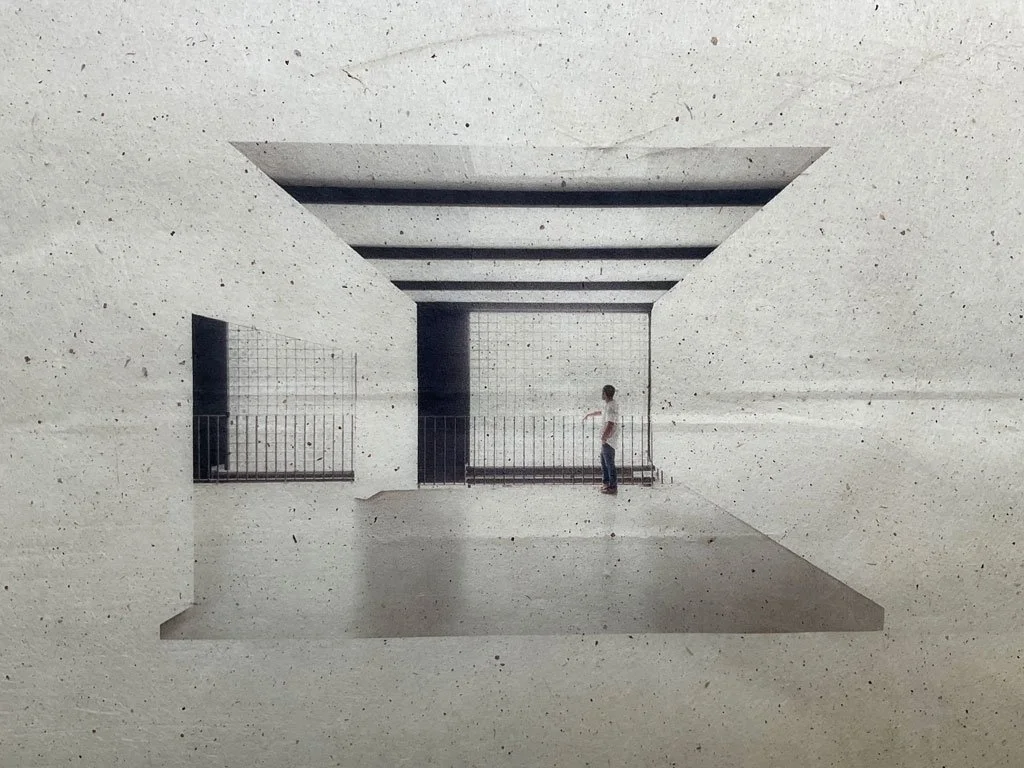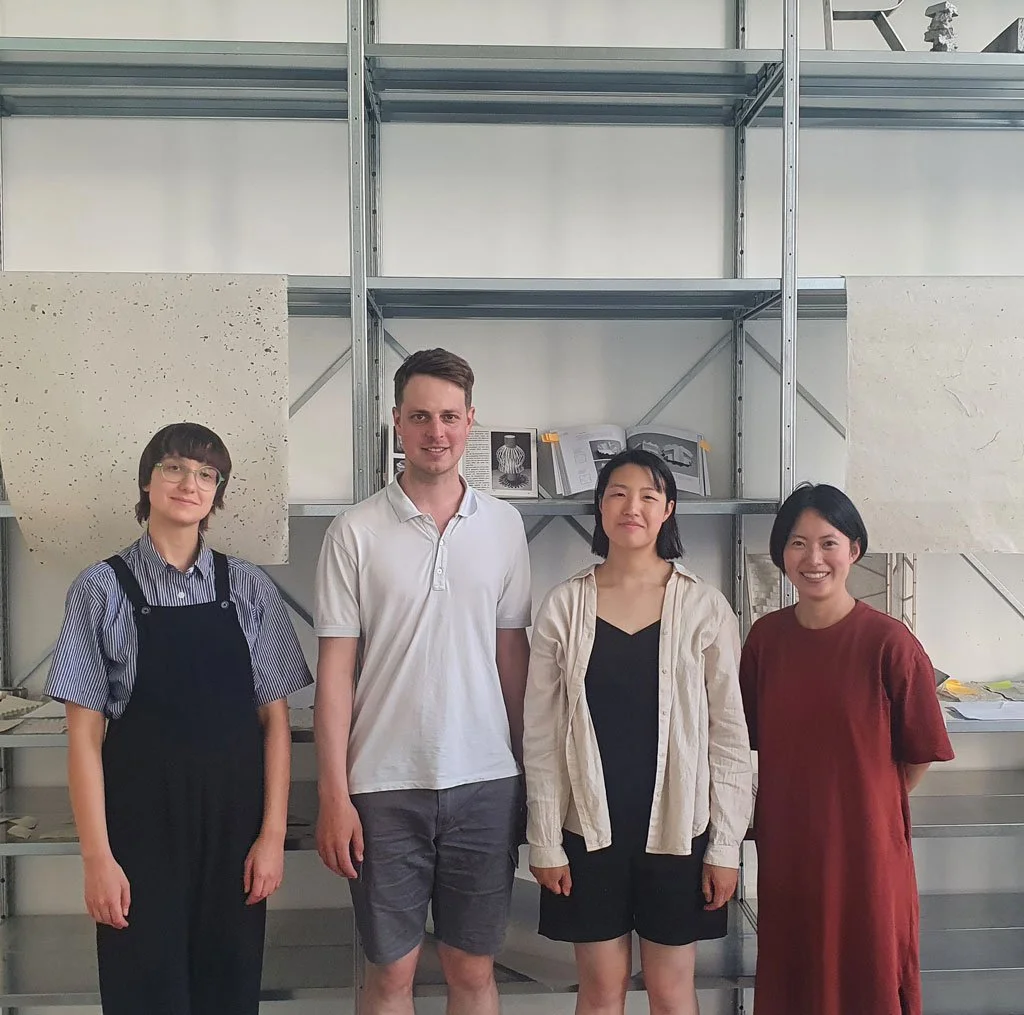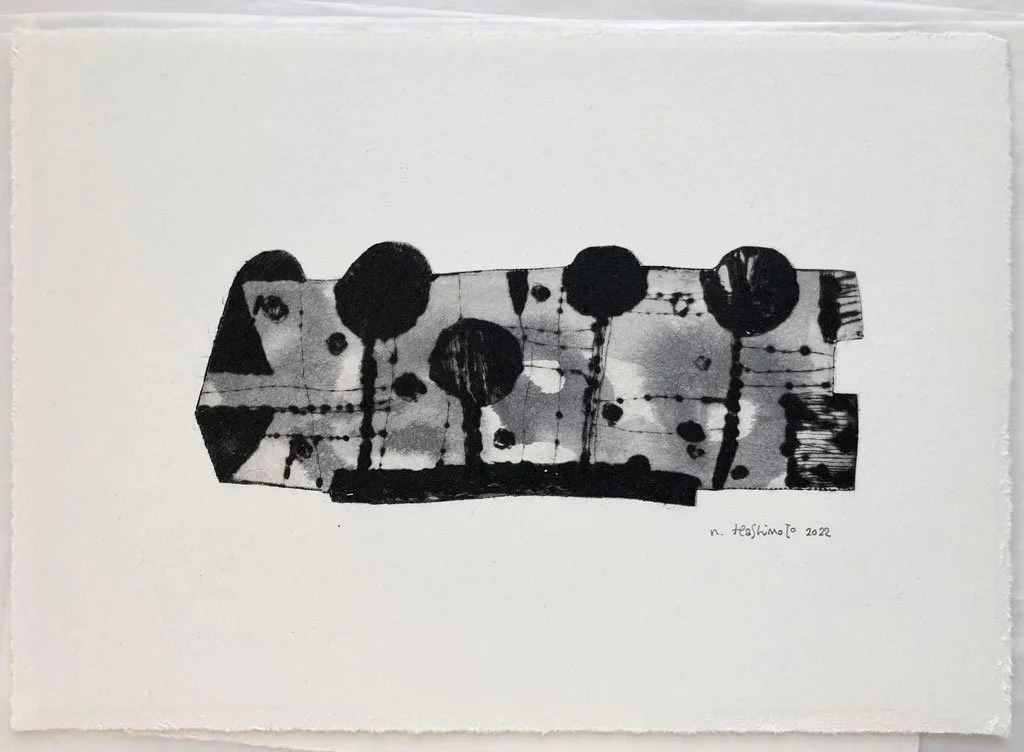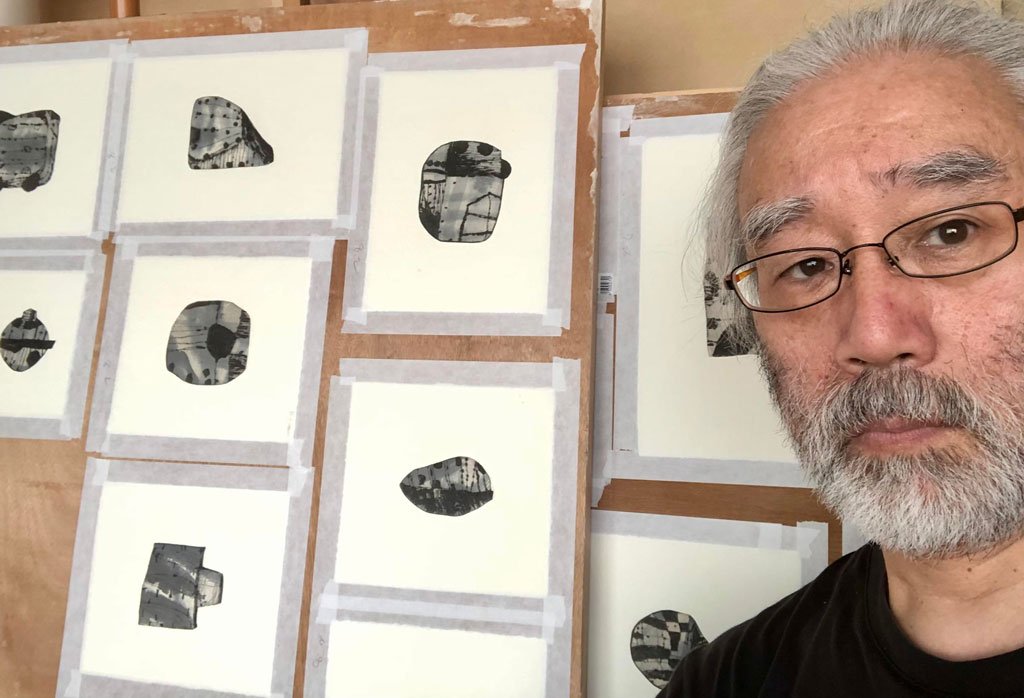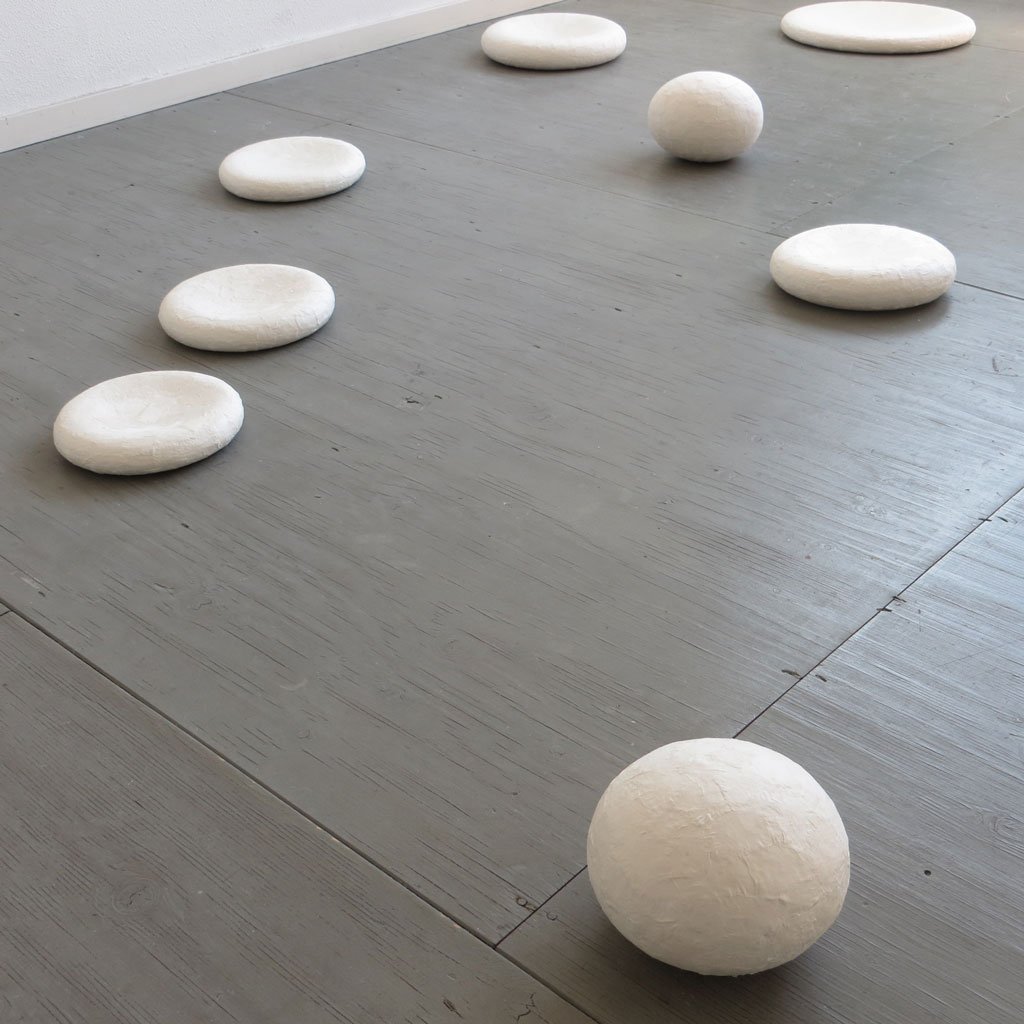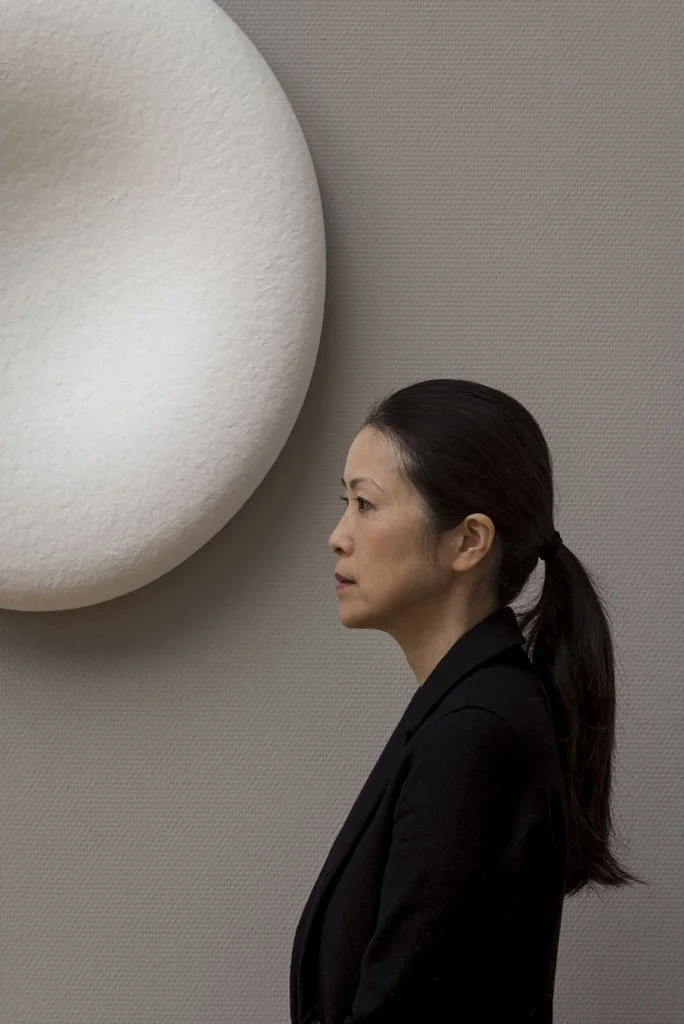ART Exhibition
MONO JAPAN believes that art is one of the end results of great crafts. When we witness the work of a craftsperson, we feel the strength and magnetic force that creates the artwork. When traditional materials combine with the sincere work and skill of Japanese craftspeople, the resulting items can be sublimated into unique works of art. We will introduce this happy marriage of craftsmanship and art to all our guests at the MONO JAPAN venue.
Location: Exhibition ART
Mae Engelgeer x Ishoku Tatami in collaboration with Rademakers Gallery
Mae Engelgeer
Textile Designer
Rademakers Gallery Amsterdam
Ishoku Tatami wall pieces are a series of unusual colored woven tatami mats, framed and finished with a hand stitched textile edge. A tatami is a type of mat used as a flooring material in traditional Japanese- style rooms made from woven igusa straw. In collaboration with Kyoto based Tatami maker Mitsuru Yokoyama. In this series the mutual interest in crafts and heritage come together in a contemporary object.
Textile design has always been at the heart of Dutch designer Mae Engelgeer’s work, from her high school days to her studies at the Amsterdam Fashion Institute and Sandberg Instituut. Since opening her own studio in 2013, she has nurtured her curiosity for the craft, experimenting within the existing boundaries of textile production to elevate old techniques to a modern stage.
©Ishoku Tatami images by N/J Studio, Profile image by Jerome de Lint for Folks
Location: Exhibition ART
Endless love and quest for paper
Annelinde de Jong
Artist
Celebrating one of the fruitful results of the international residency, MONO JAPAN features Annelinde de Jong's recent artworks.
In 2012 Annelinde de Jong participated in an artist-in-residence program in Kyoto, called Kyo-machiya AIR. The aim of the program was to cultivate cultural exchange between the Netherlands and Japan (Kyoto). Her aim for the residence was to learn about Japanese paper, Washi. As a visual artist Annelinde has always been interested in paper and was curious to find out what makes Japanese paper so special, and worldwide known.
During the residency Annelinde had the opportunity to be educated by papermaker Shinji Hayashi in Ayabe, Kyoto Prefecture. He taught her all about the process of traditional paper making by hand going back centuries and showed the diverse and rich world of Japanese paper.
After the residence program she continued making paper in her studio in Amsterdam. Intrigued by the beauty of handmade paper, but also by the making process. A process which is simple and difficult at the same time. Over the years, handmade paper became an important part of her artistic work.
For her most recent works Annelinde collects local plant materials, such as mowed grass, pruned branches or fallen leaves, at various outdoor locations. She makes a pulp that she turns into sheets of paper in the traditional way. From this unusual collection of plants, she builds spatial installations and objects that spectators can relate to in a physical and sensory way. Each natural material lends its own colour, structure and texture to the paper.
The work evolves from a need to collect and conserve. By bringing the outside space inside, Annelinde reflects on our tendency to own, conquer and control nature.
At MONO JAPAN 2022 she will present her recent paper artworks which are made with handmade paper. Alongside the works she will give an insightful view of her research and work process.
Annelinde de Jong (b. 1982, Enkhuizen, NL) lives and works in Amsterdam. She studied at Gerrit Rietveld Academy in Amsterdam and at Hogeschool Sint-Lukas in Brussels.
Artworks of Annelinde de Jong can be purchased during MONO JAPAN 2022.
Location: Exhibition ART
The Washi Exploratory
Cream on Chrome
Design studio by Jonas Althaus and Martina Huynh
Pauline Agustoni and Satomi Minoshima
Design duo
What associations does hand-made paper evoke today? The craft of Sekishu Washi is carried on by only three remaining workshops in the region of Shimane. Used for centuries in Japanese architecture and popular craft items, washi paper is strongly rooted in traditional applications.
But what happens when this special material is placed in contemporary or industrial contexts?
What new potentials are then revealed? Inspired by its high endurance, strength, and sustainable production method, the Washi Exploratory investigates the (im)material qualities of washi.
In the shape of an interactive paper installation, different treatments of Sekishu Washi are displayed that communicate the paper’s unique properties and reflect on new perceptions of washi. Using a handheld washi light, visitors are invited to illuminate and freely explore the many facets and possibilities with this paper.
The Washi Exploratory is initiated by designers Cream on Chrome, Satomi Minoshima, and Pauline Agustoni. The project is a collaboration with Sekishu Washi artisans So Kubota and Masaru Nishita, and is supported by Stimuleringsfonds Creatieve Industrie and the Embassy of the Kingdom of the Netherlands in Japan.
Cream on Chrome is a socially-engaged experience design studio, founded by Jonas Althaus and Martina Huynh. By designing multimedia experiences and interactive spaces they explore new perspectives in the fields of economy, journalism, ecology and emerging technologies.
Pauline Agustoni and Satomi Minoshima are a design duo driven by an endless curiosity around production techniques, their history and possibilities. Using installations, object design and publications, the duo strikes the balance between a simultaneously raw and subtle expression of their research findings.
Websites:
Cream on Chrome l Pauline Agustoni l Satomi Minoshima
Instagram:
Cream on Chrome l Pauline Agustoni l Satomi Minoshima l Sekishuwashi next generation
Location: Exhibition ART
Faded Memories
Naotsugu Hashimoto
Artist
"Collective Unconscious"
When we look at art, we feel the wonder that not only knowledge but also forgotten memories and inexperienced experiences are incorporated into our personal history.
Naotsugu Hashimoto exhibits 30 small art works printed on Sekishu-washi.
Drypoint monoprint, Chine-collé.
Naotsugu Hashimoto was born in Hokkaido, Japan in 1957, lives and works in Aomori. Since his graduation from Iwate University and Tokyo School of Art, he has been working on drypoint prints.
His works have been exhibited both in Japan and abroad such as in London, Servia, Spain, Australia, and Portugal.
Artworks of Naotsugu Hashimoto can be purchased during MONO JAPAN 2022.
Naotsugu Hashimoto, Artist
Facebook
Location: Exhibition ART
Little Garden / Duo / Tower
Yumiko Yoneda
Artist
Yumiko Yoneda has been a popular Japanese artist living in Europe for some time. Symbolic in her work are white and sometimes black spheres as simple, organic sculptures.
Born in Shimane Prefecture, Yoneda encountered Sekishu Washi, a traditional craft of her hometown through MONO JAPAN and began creating pieces using Sekishu Washi.
”I derive three-dimensional expressions from the flat material of paper. I transform square paper into an organic shape using the simple technique of tearing it. I then add expressions to Sekishu Washi by stacking and connecting them. Tearing off the wet fibers allows the kozo fibers to be visualised. These three-dimensional and spatial forms are possible due to their toughness. That's what I strive to create through Sekishu Washi (kozo).”
Yumiko Yoneda's works 'Little Garden', 'Duo' and 'Tower' created with Sekishu Washi will be exhibited for the first time at MONO JAPAN.
Artworks of Yumiko Yoneda can be purchased during MONO JAPAN 2022.
Yumiko Yoneda, Artist
Website



